- Home
- Articles
- Architectural Portfolio
- Architectral Presentation
- Inspirational Stories
- Architecture News
- Visualization
- BIM Industry
- Facade Design
- Parametric Design
- Career
- Landscape Architecture
- Construction
- Artificial Intelligence
- Sketching
- Design Softwares
- Diagrams
- Writing
- Architectural Tips
- Sustainability
- Courses
- Concept
- Technology
- History & Heritage
- Future of Architecture
- Guides & How-To
- Art & Culture
- Projects
- Interior Design
- Competitions
- Jobs
- Store
- Tools
- More
- Home
- Articles
- Architectural Portfolio
- Architectral Presentation
- Inspirational Stories
- Architecture News
- Visualization
- BIM Industry
- Facade Design
- Parametric Design
- Career
- Landscape Architecture
- Construction
- Artificial Intelligence
- Sketching
- Design Softwares
- Diagrams
- Writing
- Architectural Tips
- Sustainability
- Courses
- Concept
- Technology
- History & Heritage
- Future of Architecture
- Guides & How-To
- Art & Culture
- Projects
- Interior Design
- Competitions
- Jobs
- Store
- Tools
- More
What Are Architectural Roofing Systems? A Guide to Durable and Aesthetic Roofing Solutions
Discover the world of architectural roofing systems—where functionality meets aesthetics. Learn about innovative materials, energy-efficient designs, and tailored styles that blend durability, sustainability, and visual appeal. From modern flat roofs to eco-friendly green systems, explore how these solutions redefine roofing with advanced technology and timeless elegance.
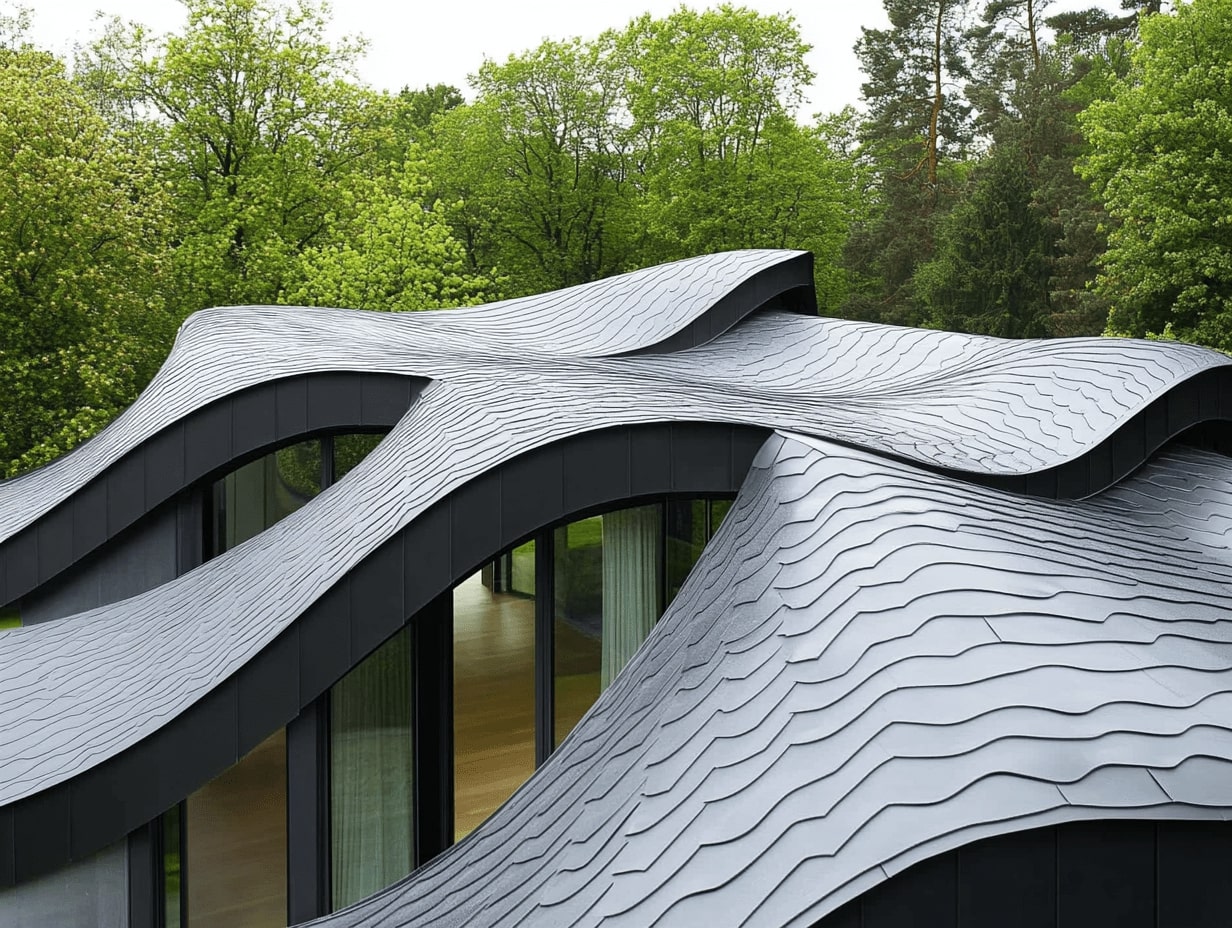
When it comes to building design, roofing plays a crucial role in both functionality and aesthetics. Architectural roofing systems go beyond basic protection—they’re designed to enhance a structure’s visual appeal while providing durability and efficiency. These systems combine innovative materials and designs to create roofs that are as stylish as they are practical.
We often overlook how much a roof contributes to a building’s character. Architectural roofing systems offer endless possibilities, from sleek modern finishes to timeless classic styles. They’re not just about looks; they’re engineered to withstand the elements and improve energy efficiency, making them a smart choice for any project. Let’s explore what sets these systems apart and why they’re transforming the way we think about roofing.
Table of Contents
ToggleWhat Are Architectural Roofing Systems?
Architectural roofing systems combine functional roofing solutions with enhanced design aesthetics. They go beyond traditional roofs by integrating visually appealing materials, innovative techniques, and advanced performance capabilities. These systems contribute both to a building’s structural integrity and its overall visual impact.
Key features of architectural roofing systems include durability, energy efficiency, and adaptability to various architectural styles. Their construction often involves materials like metal, clay tiles, slate, or premium asphalt shingles, each tailored to align with specific design requirements. For example, metal roofs may feature intricate patterns, while slate roofs provide timeless elegance.
These systems prioritize weather resistance, ensuring long-lasting performance despite exposure to elements like extreme temperatures, heavy rainfall, or high winds. Many designs incorporate energy-efficient elements, such as reflective coatings or thermal insulation layers, to enhance environmental sustainability.
Modern architectural roofing systems also introduce flexibility in design, enabling customized solutions for both residential and commercial structures. This adaptability allows architects to create roofs that align seamlessly with unique building designs while offering superior performance and longevity. For local installation expertise, consider experienced roofers in Monroe, CT.

Types Of Architectural Roofing Systems
Architectural roofing systems encompass a wide variety of designs, materials, and functionalities tailored to different structural needs. Each type offers unique advantages in aesthetics, durability, and efficiency.
Flat Roofing Systems
Flat roofing systems provide a sleek, modern appearance and are ideal for buildings with limited vertical space. These systems typically use materials like single-ply membranes (EPDM or TPO), built-up roofing (BUR) layers, or modified bitumen for durability and waterproofing. Flat roofs often incorporate features like rainwater collection systems or rooftop HVAC installations, addressing both environment and space optimization. For design, installation, or maintenance support, professional roofing services can help ensure long-term performance.
Pitched Roofing Systems
Pitched roofing systems are characterized by their sloping design, which provides efficient water runoff and enhanced load-bearing capacity. Materials such as asphalt shingles, clay tiles, or slate are commonly used to accommodate regional weather conditions. These systems are popular in residential architecture, where they contribute to traditional aesthetics while ensuring structural integrity and efficient drainage.
Green Roofing Systems
Green roofing systems include vegetation layers on top of waterproof membranes, delivering environmental and thermal benefits. Extensive green roofs focus on lightweight, low-maintenance plants, while intensive systems support heavier landscaping, such as shrubs or trees. These roofs improve insulation, reduce heat islands, and enhance urban air quality. They also contribute to sustainable building practices by promoting biodiversity in urban spaces.
Metal Roofing Systems
Metal roofing systems combine durability with cutting-edge design flexibility. Materials like steel, aluminum, or zinc offer resilience against weather, fire, and pests, while options like standing seam panels or metal shingles enhance aesthetics. These roofs are low maintenance and can include reflective coatings, enhancing energy efficiency by reducing cooling costs. Metal systems are suitable for both commercial and residential structures.

Benefits Of Architectural Roofing Systems
Architectural roofing systems deliver advantages beyond basic functionality. They enhance aesthetic value, ensure structural reliability, and promote environmental sustainability.
Aesthetic Appeal
These roofing systems elevate a building’s visual impact. Materials like slate, metal, and clay tiles offer diverse textures and finishes to complement different architectural styles. Custom designs enable unique appearances, ensuring roofs seamlessly integrate with overall aesthetics. Options like color coatings and intricate detailing further boost the design appeal.
Durability And Longevity
Engineered for strength, architectural roofing systems withstand harsh weather and resist wear over time. Materials like metal roofing are corrosion-resistant, while slate and clay tiles resist cracking and fading. Many systems feature protective coatings to guard against UV radiation and water damage, extending their lifespan. With proper installation, these systems last for decades with minimal maintenance.
Energy Efficiency
Advanced technologies in architectural roofing systems reduce energy consumption. Reflective coatings minimize heat absorption, lowering cooling costs during summer. Insulating layers maintain stable internal temperatures, decreasing energy use for heating and cooling. Green roofing systems with vegetation even enhance thermal insulation and contribute to eco-friendly building practices.

Materials Used In Architectural Roofing Systems
Architectural roofing systems employ a variety of materials, each chosen for its unique properties, durability, and aesthetic appeal. These materials shape the roof’s function and design, ensuring they meet both structural and artistic requirements.
Asphalt Shingles
Asphalt shingles are one of the most commonly used materials in architectural roofing systems due to their affordability and versatility. High-quality shingles, often laminated or dimensional, provide enhanced durability and texture. They come in a range of colors and finishes, allowing customization to complement various architectural styles. Advanced versions include features like algae resistance and reflective coatings to improve energy efficiency.
Metal Sheets
Metal sheets offer excellent durability and are widely used for their resilience and modern aesthetic. Common metals include aluminum, steel, zinc, and copper, each providing distinct advantages. Aluminum resists corrosion, steel offers strength, and copper develops an appealing patina over time. With finishes such as standing seam and corrugated designs, metal sheets combine functionality with sleek, contemporary aesthetics while reflecting sunlight to reduce heat absorption.
Wood Shakes
Wood shakes bring a rustic, natural appearance to architectural roofing systems while offering solid protection. Typically made from cedar, redwood, or pine, they are treated to enhance resistance to insects, rot, and weather elements. Natural wood’s insulating properties improve energy efficiency, while the layered texture delivers a timeless, handcrafted look ideal for traditional and craftsman-style architecture.
Synthetic Materials
Synthetic materials provide durable and lightweight alternatives to traditional options. These materials, such as polymer-based composites, mimic the appearance of slate, clay, or wood while requiring less maintenance. Many are impact-resistant and UV-stabilized, ensuring long-lasting performance. Their reduced weight also makes them suitable for structures with lower load-bearing capacities, expanding their utility in diverse architectural designs.

Choosing The Right Architectural Roofing System
Selecting an architectural roofing system involves evaluating specific factors to ensure compatibility with design goals, structural requirements, and long-term performance expectations.
Factors To Consider
Material type directly impacts durability, aesthetics, and energy efficiency. Options like metal, slate, or clay tiles work well for longevity and distinctive visual appeal, while asphalt shingles suit budgets and versatility. Climate conditions influence material selection; metal and clay resist harsh weather effectively, whereas green systems thrive in temperate environments.
Roof design determines compatibility with the chosen system. Pitched designs allow for water drainage, while flat roofs accommodate green or solar-integrated systems. Ensure materials align with load-bearing capacities to maintain structural integrity.
Energy efficiency features like thermal insulation, reflective coatings, or integrated solar panels enhance sustainability. Prioritize systems with features that reduce environmental impact and support energy-saving goals.
Budget And Maintenance
Upfront costs vary significantly based on material and design complexity. Premium materials like slate or metal involve higher initial investment but lower long-term costs due to their durability. Affordable options like asphalt shingles meet budget constraints but may need replacement sooner.
Maintenance requirements affect ongoing expenses. High-resilience materials like metal and clay tiles demand minimal upkeep, while systems like wood shakes or green roofs necessitate regular care. For lower maintenance commitments, choose options such as synthetic materials designed for durability and ease of care.
Conclusion
Architectural roofing systems merge practicality with innovative design to redefine modern roofing practices. They stand out not just for their ability to protect a structure from external elements but also for their role in enhancing architectural elegance and sustainability. These systems use advanced materials like metal, asphalt shingles, and clay tiles, tailored to specific needs for performance, durability, and aesthetic value. By incorporating reflective coatings, green technologies, and custom designs, architectural roofing systems address both environmental and stylistic demands.
Their versatility ensures compatibility with diverse architectural genres, enabling custom solutions for unique building requirements. Whether it’s pitched systems offering efficient water drainage, flat designs providing sleek modernity, or green roofs supporting eco-friendly practices, these systems cater to varied structural and environmental needs. Architectural roofing systems define the future of durable, energy-efficient, and visually appealing roofing solutions.
- architectural roof selection
- architectural roofing guide
- architectural roofing materials
- architectural roofing options
- Best architectural roofing systems
- choosing a roofing system
- complete guide to roofing systems
- guide to roofing architecture
- how to choose roofing systems
- innovative roofing designs
- roof system recommendations
- roofing system buying guide
- top roofing systems for architects
- types of architectural roofing
Submit your architectural projects
Follow these steps for submission your project. Submission FormLatest Posts
Best Practices for Roof Inspections and Maintenance
On most projects, the roof spends decades out of sight while carrying...
Sunny Days, Secure Roof: Simple Steps to Shield Your Home
Your home is more than just a place to live—it’s a sanctuary....
Simple and Stylish Roof Ideas for Homeowners
When designing your home, don’t overlook the roof. It’s essential for both...
Key Qualities to Look For in a Residential Roofing Contractor
Choosing a residential roofing contractor involves careful consideration. The roof is a...




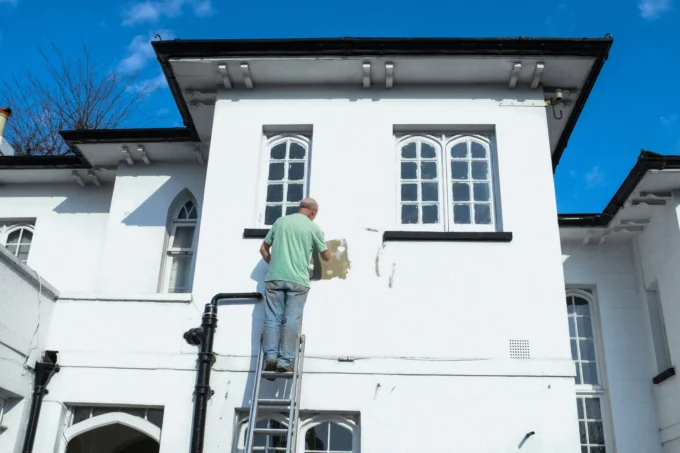



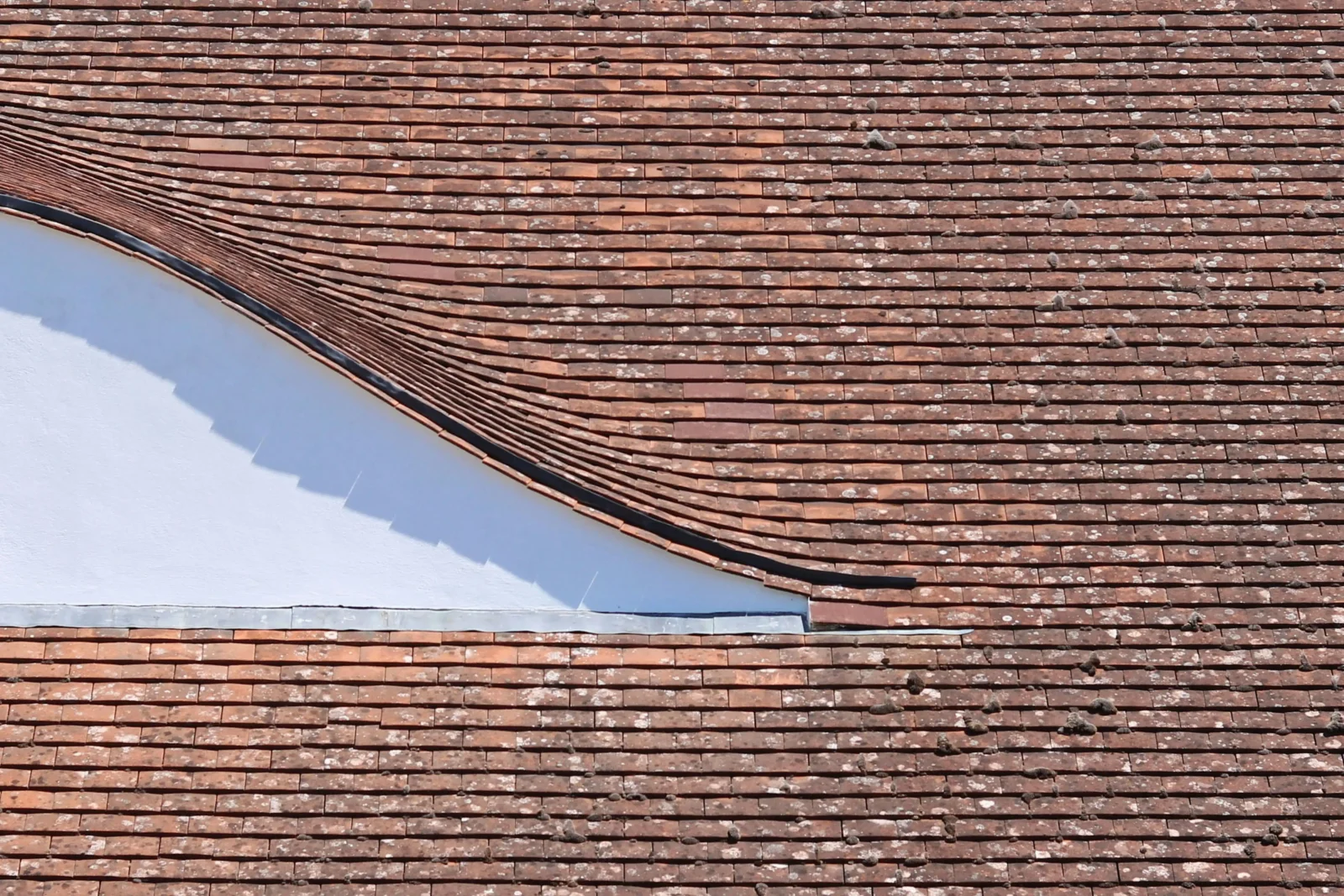
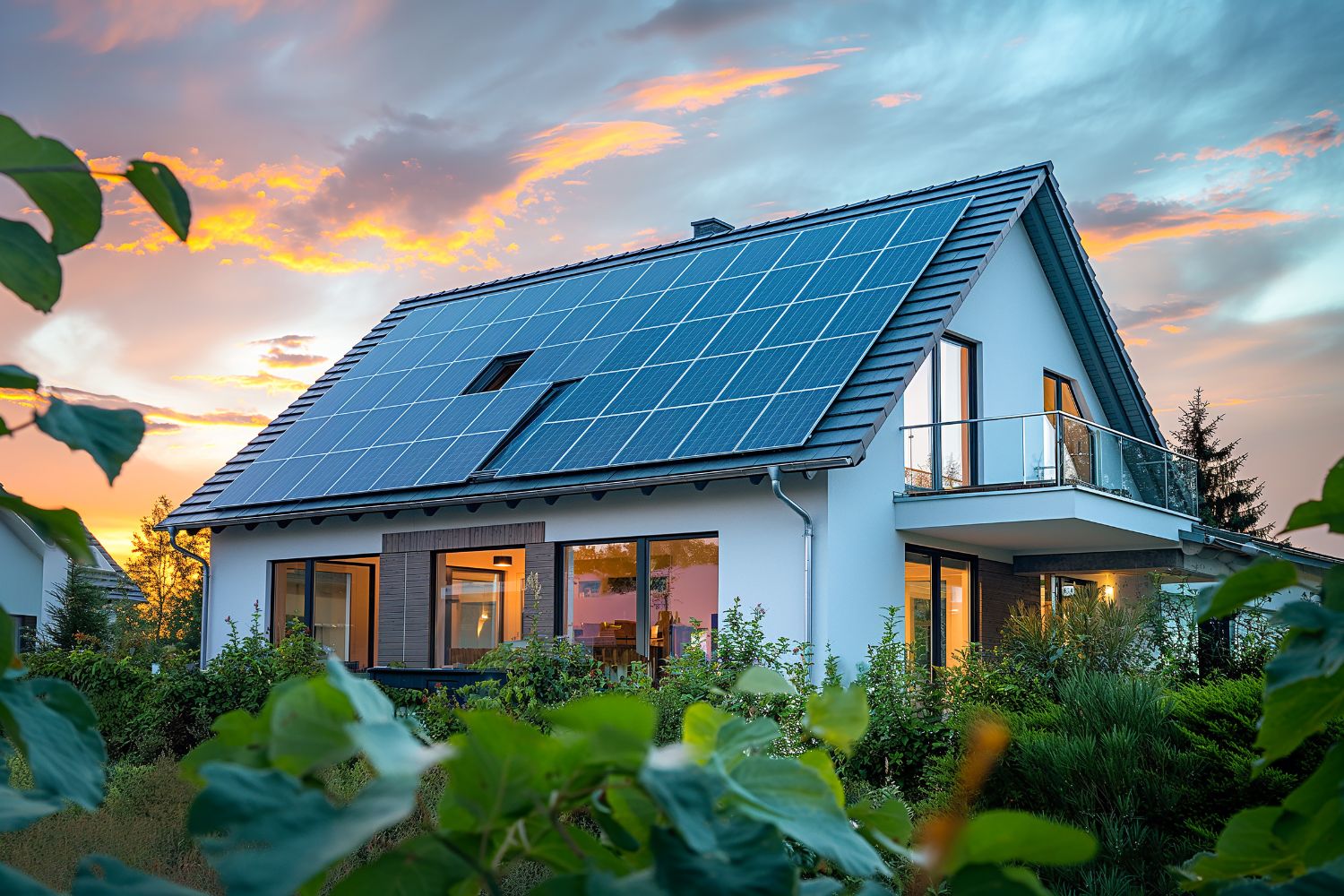
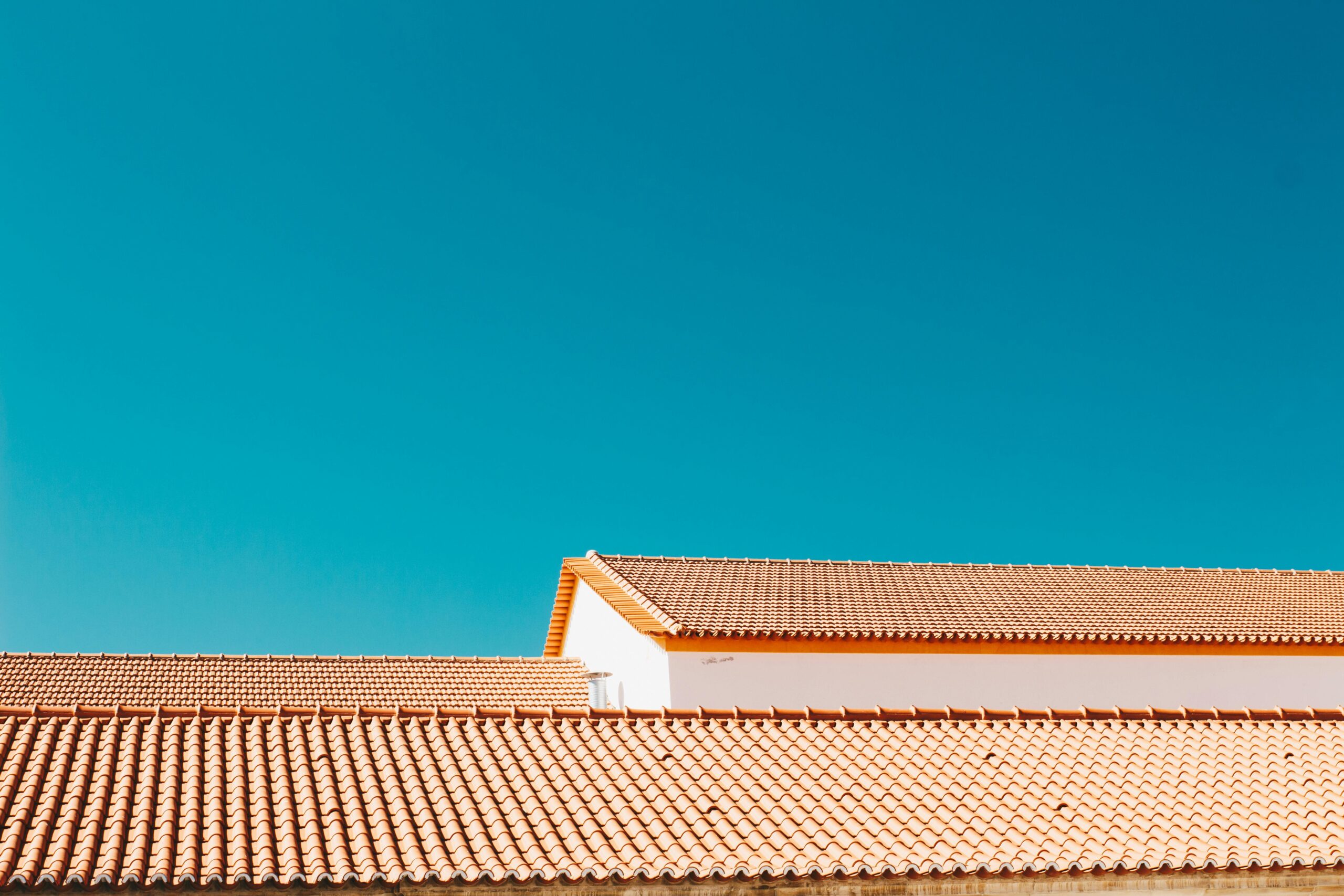

Leave a comment